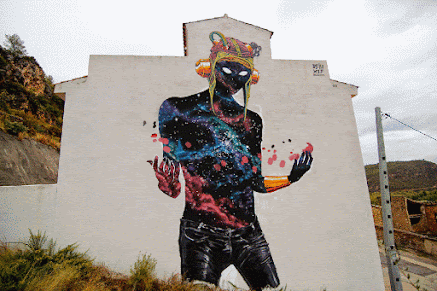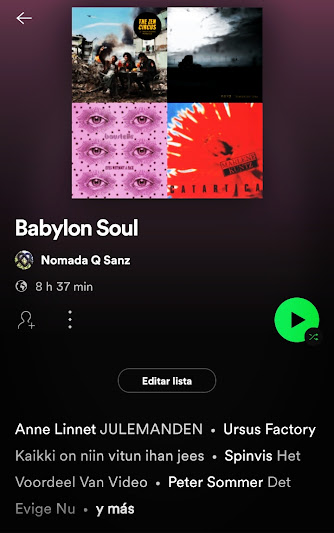The interventions and installations of Slovenian artist Matej Andraz Vogrinčič, are characterized by three aspects that can be observed throughout his long career.
The first has to relate to his treatment of space and its relationship with architecture. Because of this approach he almost always selects monumental buildings, many of them in a state of ruin, as scenarios. Whose structure turns them into hosts where objects are hosted, modifying their original identity and uses.
The second is related to the first, and cannot be dissociated from it, and has to do with the massive effect of his proposals and the uniform disposition he uses to place the objects in space. Almost in all cases applying a homogeneous pattern that creates the impression of community and strength through unity.
Whose purpose is to establish a dialogue with it and how we contemplate it according to the criteria and the position we adopt as observers in a flexible environment in constant change. As is undoubtedly all the elements that make up a natural landscape.
CREATING NATURAL PATTERNS FROM OBJECTS
And the third has to do with its nomadic condition and its ability to adapt its aesthetic vision to any type of environment while preserving its essence from the viewer's point of view. Whether in the middle of an Australian desert, among the remains of an abandoned church in England, or in climates as extreme as those experienced in the Siberian tundra.
READ IT IN SPANISH: Matej Andraz Vogrinčič, tranformación y paisaje desde una óptica reciclada
Matej methodically and without altering anything but the accessories of his execution process, completes each installation with reference to elements that he considers to be part of the local culture, acting accordingly on the territory, without altering it and causing the least environmental impact.
For the basic materials he uses are waste materials that after selecting them based on different basic criteria such as shape, color or texture, he catalogs and stores them for possible projects. Whose theme can be included within the current of abstraction.
Matej's works reflect on the possibilities of the landscape and its aesthetic performance, in a context where the presence of human beings subdues it, stripping it of its natural texture.
It is no coincidence that his personal reference in the history of art is Ben Vautier, an Italian-French avant-garde artist whose profile and polemic statements in favor of multi-culturalism and artistic practice beyond the established canons of beauty and academic orthodoxy. They have influenced her artistic practice where aesthetically she seems to be dominated by an ordered chaos.




.jpg)






_edit_163096368972987.jpg)






.jpg)
.jpg)
.jpg)



.jpg)
.jpg)
.jpg)











.jpg)












_edit_188822180547080.png)
_edit_8099193296908.jpg)















